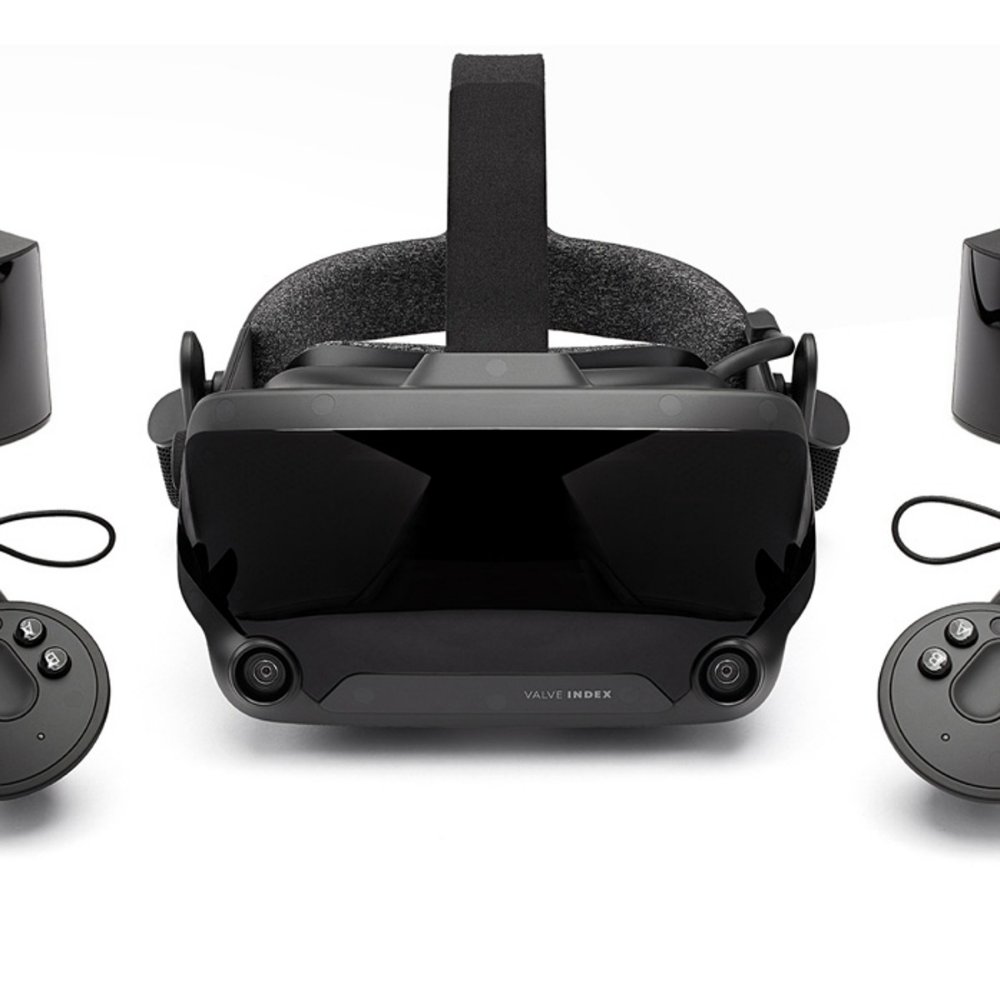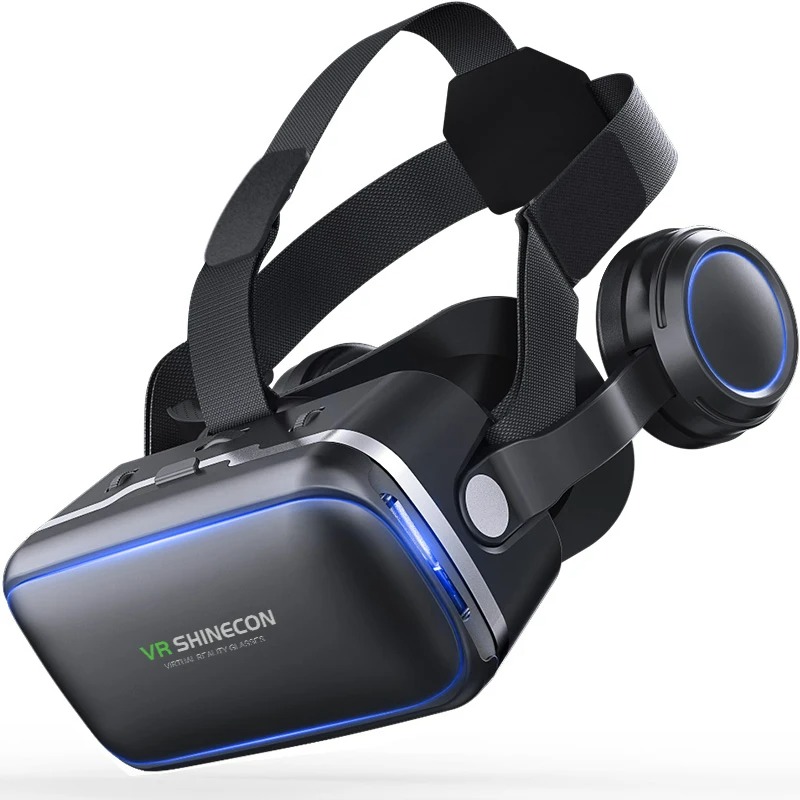Introduction to VR Technology and Eye Concerns
Virtual reality (VR) is transforming how we play games and interact digitally. It takes users into immersive environments, creating vivid experiences different from the real world. However, this innovative technology raises questions about its effects on our eyes. People often ask: Are VR headsets bad for your eyes?
Experts have begun to explore the relationship between VR headset use and eye health. They are examining whether the close proximity of screens to our eyes can cause harm. Initial research has looked into digital eye strain, a condition linked to prolonged screen use. Symptoms include headaches, fatigue, and blurry vision. This is particularly relevant to VR, where screens are just inches from our eyes.
Another concern is cybersickness, which is like motion sickness but caused by VR’s stationary nature. It leads to discomfort and disorientation as the brain processes movement in VR. In this introduction, we will delve into how VR technology could potentially impact our eye health. We aim to understand the risks and how to enjoy VR responsibly. Let us explore the evidence and hear from eye care professionals on the best practices for VR users.

Understanding Digital Eye Strain and VR Usage
Virtual reality’s immersive worlds can cause digital eye strain. This is mainly because VR headsets place screens close to users’ eyes. People using VR may notice symptoms such as headaches, eye fatigue, and blurred vision.
Digital eye strain happens when eyes work hard to process content on screens that are near. As VR displays images directly in front of the eyes, the strain can be more intense compared to regular screen usage.
To avoid digital eye strain with VR, users should take regular breaks. Tiring your eyes can lead to discomfort. So, it’s essential to follow guidelines for safe VR practices.
Many VR devices have built-in features to help reduce eye strain. These include adjustable settings to change image brightness and contrast. Also, users can modify the distance of the VR headset’s lenses to suit their vision needs.
Eye care professionals suggest limiting VR sessions. They recommend using VR for shorter intervals to prevent symptoms of digital eye strain. Frequent breaks, appropriate device settings, and keeping VR sessions short are key to reducing eye strain risks.
Regular eye check-ups will help monitor any changes in vision or eye health. Experts suggest an eye exam every year for those using VR often. If users experience ongoing discomfort, they should consult an eye care specialist. Eyecare professionals can provide tailored advice for VR users to protect their eye health.
The Phenomenon of Cybersickness in VR
Cybersickness in VR is similar to motion sickness but with key differences. It occurs when there is a disconnect between what you see in the VR world and the lack of corresponding physical movement. This mismatch can cause the brain to become confused, leading to symptoms like nausea, dizziness, and headache.
Understanding Cybersickness Symptoms
Users might experience a range of uncomfortable sensations including:
- Nausea or queasiness
- A sense of disorientation or dizziness
- Headaches
- A feeling of falling or tilting
- Sweating or general discomfort
These symptoms can be unsettling and may prompt users to ask, ‘Are VR headsets bad for your eyes?’ While the discomfort is more related to the brain’s perception than eye health, it’s essential to address it for a safe VR experience.
Preventing and Managing Cybersickness
To prevent or manage cybersickness, try these tips:
- Start with short VR sessions and gradually increase time as you acclimate.
- Take breaks every 15 to 30 minutes to reorient yourself to reality.
- Choose VR content that is less intense and eases you into the experience.
- Ensure the VR headset fits well and is calibrated for your eyes.
- Focus on steady, deep breathing while in VR to reduce anxiety and discomfort.
If symptoms persist or affect your enjoyment of VR, consulting with an eye care professional may be wise. They can offer personalized advice and solutions to enhance your VR experience while looking out for your well-being.

Current Research on VR and Long-Term Eye Health
Recent studies delve into VR and its long-term effects on our eyesight. Good news comes from research findings suggesting no dire impacts from VR use on long-term eye health. Doctors indicate that while VR headsets are close to our eyes, they haven’t linked them to any lasting harm. However, they stress caution due to the novelty of VR technology and the lack of extensive, long-term studies.
Experts underline the importance of moderation and proper use to sidestep potential issues. Concerns like digital eye strain and cybersickness, while typically short-term, are key focus areas. Scientists continue to investigate VR’s impact, especially on developing children’s eyes. They recommend following manufacturers’ age advice and limiting children’s VR time. Though VR’s long-term effects on eyesight aren’t fully understood, sticking to guidelines can help safeguard vision health.
Overall, current research is reassuring, but it’s essential to stay informed. This includes getting regular eye exams and being aware of the latest findings. By doing so, VR enthusiasts can enjoy their virtual worlds while keeping their eye health in check.
Potential Benefits of VR for Vision and Eye Health
While discussions often center on whether VR headsets are bad for your eyes, it’s crucial to acknowledge the potential benefits they offer for vision and eye health. Here are some of the positive ways VR can impact eye health:
Facilitating Vision Therapy
VR technology has the potential to support vision therapy. It offers environments where users can practice and improve eye coordination and depth perception.
Assisting with Eye Condition Treatment
Certain VR programs can aid in treating conditions like amblyopia, also known as lazy eye. These programs require the user to engage in exercises designed to strengthen the weaker eye.
Enhancing Neuroplasticity
VR can boost neuroplasticity, the brain’s ability to adapt and rewire itself. This is important in recovering from visual impairments and training the visual system.
Promoting Eye Coordination
Through immersive, interactive games, VR can help players enhance their hand-eye coordination and reaction times.
Offering a Controlled Environment
VR provides a controlled setting where specific visual stimuli can be adjusted to the user’s needs, allowing for personalized eye training exercises.
It’s essential to remember that these benefits can only be reaped with appropriate use and moderation. The key is integrating VR into a balanced routine that also involves taking care of your eye health with regular breaks and check-ups.

Best Practices for Minimizing VR-Related Eye Strain
Maintaining good eye health while enjoying virtual reality (VR) is pivotal. Here are best practices to minimize VR-related eye strain:
Take Regular Breaks
Ensure you pause your VR session every 30 minutes. This helps to rest your eyes and reduce eye strain.
Adjust VR Settings
Customize brightness, contrast, and lens distance in your VR headset. This can help reduce eye strain.
Blink Frequently
Remember to blink often while using VR. This keeps your eyes moist and prevents dryness.
Use Corrective Lenses
If you need glasses or contacts, wear them during VR use. It helps prevent additional eye strain.
Follow the 20-20-20 Rule
Every 20 minutes, look at something 20 feet away for 20 seconds. This exercise relaxes your eye muscles.
Keep a Proper Distance
Position the VR headset correctly, ensuring it’s not too tight against your eyes.
Limit Session Lengths
Keep VR experiences short. Longer sessions increase the risk of eye strain.
Consult with Eye Care Professionals
Get yearly eye exams and seek advice if you experience consistent eye strain.
By sticking to these guidelines, you protect your eye health while enjoying the immersive world of VR.
Eye Care Recommendations for Frequent VR Users
For those who frequently use VR, it’s critical to maintain eye health diligently. Here is a compilation of recommendations:
- Schedule Annual Eye Exams: Regular visits to an optometrist can identify any VR-related eye issues early.
- Follow Manufacturer Guidelines: Use VR headsets as directed, including adhering to age restrictions and usage limits.
- Ensure Proper Fit: Adjust the VR headset to fit comfortably, avoiding excess pressure on your eyes.
- Use Anti-Glare Screens: If available, opt for VR headsets with anti-glare screens to reduce eye strain.
- Employ Blue Light Filters: Some VR sets offer blue light filters; use them to protect your eyes.
- Stay Hydrated: Adequate hydration can prevent dry eyes, a common symptom of digital eye strain.
- Maintain a Balanced Diet: Nutrients like vitamin A and omega-3 fatty acids promote eye health.
- Engage in Eye Exercises: Strengthen your eye muscles with regular exercises to combat fatigue.
- Mind Your Environment: Ensure sufficient ambient lighting to reduce contrast between the VR environment and your surroundings.
By incorporating these recommendations, VR users can help protect their vision while enjoying virtual experiences.
Conclusion: Balancing VR Enjoyment with Eye Health
The journey through virtual reality (VR) is exciting but warrants caution for our eyes. We have covered how VR can cause digital eye strain and cybersickness. Yet, we’ve also seen VR’s potential in therapy and skill development. To enjoy VR safely, we must find a balance. This means taking breaks, adjusting settings, and consulting with eye care pros. Good habits like the 20-20-20 rule and proper headset fit can also help. Remember, moderation is key. By being mindful and proactive, we can protect our eye health while diving into virtual worlds. Embrace VR’s fun, but don’t forget to give your eyes the care they need.